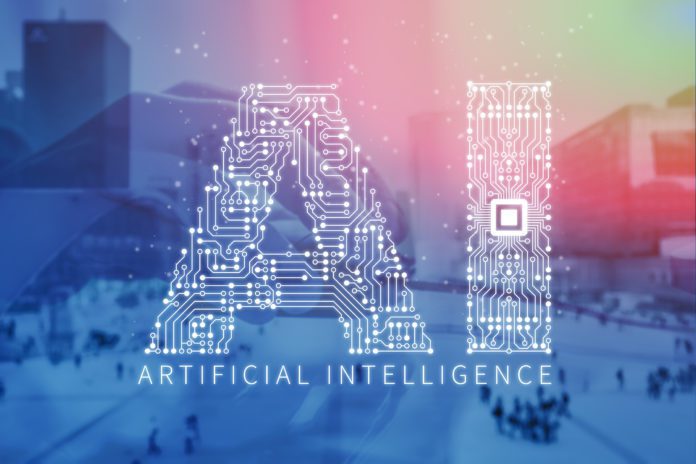Global energy firm ENGIE and enterprise artificial intelligence software company C3.ai are partnering to launch?Smart Institutions?, an AI-powered, energy-as-a-service software solution for universities, municipalities, corporate campuses and hospitals.
Designed by C3.ai and ENGIE Digital, the group?s software entity, ?Smart Institutions? enables organizations to automatically manage their buildings and energy assets to increase sustainability, enhance energy efficiency and pave the way for their zero carbon transition, the two companies said. The software was first deployed at The Ohio State University as part of a plan to reduce energy use across the 485-building campus in Columbus, Ohio.
?When we launched our work with The Ohio State University two years ago, we looked forward to advancing new possibilities, from improving ways to heat, cool, and power the campus to collaborating on potentially transformational technologies and services that someday could be shared far beyond Columbus,? said Gwena?lle Avice-Huet, group executive vice president and CEO of ENGIE?s North America business unit. ?Collaborating with C3.ai on the development of ?Smart Institutions? has enabled us to create our own new technology solution, leading the way to the zero carbon transition for large institutions.?
?C3.ai is accelerating digital transformation for leading organizations across every industry,? said Ed Abbo, president and CTO of C3.ai. ?An energy-as-a-service software solution powered by the C3 AI platform, Smart Institutions is enabling cutting-edge organizations to set the standard for energy transformation initiatives.?
Through Smart Institutions, ENGIE and C3.ai said they can use AI to help campuses and other large institutions achieve their sustainability and financial objectives through:
-Energy optimization: The ability to predict energy consumption, and then optimize across the entire network to reduce costs, including production, distribution, and consumption.
-Capital planning: The ability to plan long-term capital improvements using dynamic building and network modeling.
-Campus engagement: The ability to use data and behavioural science techniques to engage students and faculty to reduce their environmental impact.

